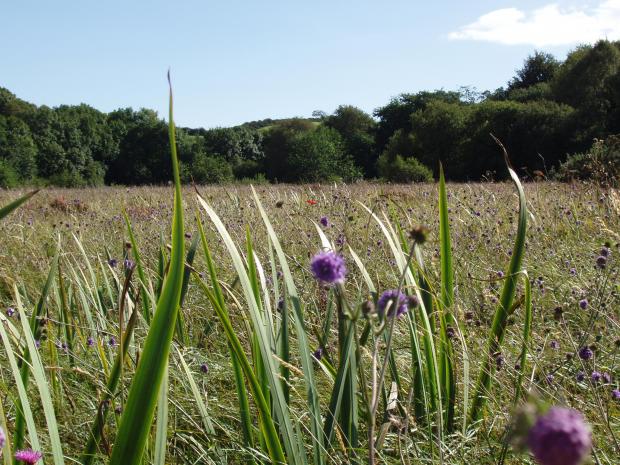
Ballykilbeg is particularly notable for its established colonies of Marsh Fritillary butterfly. First recorded in 1996, there have been records of adults and larvae each year since. In 1999, 168 webs were recorded in August/September.
Although the site has been affected by drainage, the fen communities present are still diverse and interesting (notable species include: Calliergon cordifolium, Calliergon giganteum, Carex diandra, Carex viridula ssp brachyrrhyncha, Plagiomnium elatum, Riccardia multifida).

In addition, this site contains a good deal of scrub and woodland which, although not extensive in size, provides good wildlife habitat for birds and invertebrates. As well as a large variety of woody species, the physical structure is very diverse, varying from low gorse and bramble, through intermediate size shrubs and trees of Salix, rowan and holly, to large trees of ash, beech, wych elm and Scots pine. Additional interest is provided at Lough Falcon, in the extreme north of the site, where there are the remains of an ancient monastery.
Related articles
- ASSI Guidance for Public Bodies/Competent Authorities
- Coastal Areas of Special Scientific Interest
- Conservation Management Plans (CMPs)
- European Marine Sites - Marine Special Areas of Conservation and Special Protection Areas
- Introduction to Conservation Management Plans (CMPs) for Northern Ireland’s Special Areas of Conservation
- Marine Conservation Zones
- Marine Protected Areas
- Marine Ramsar sites
- Special Areas of Conservation
- Special Areas of Conservation for Harbour porpoise
- Special Protection Areas
